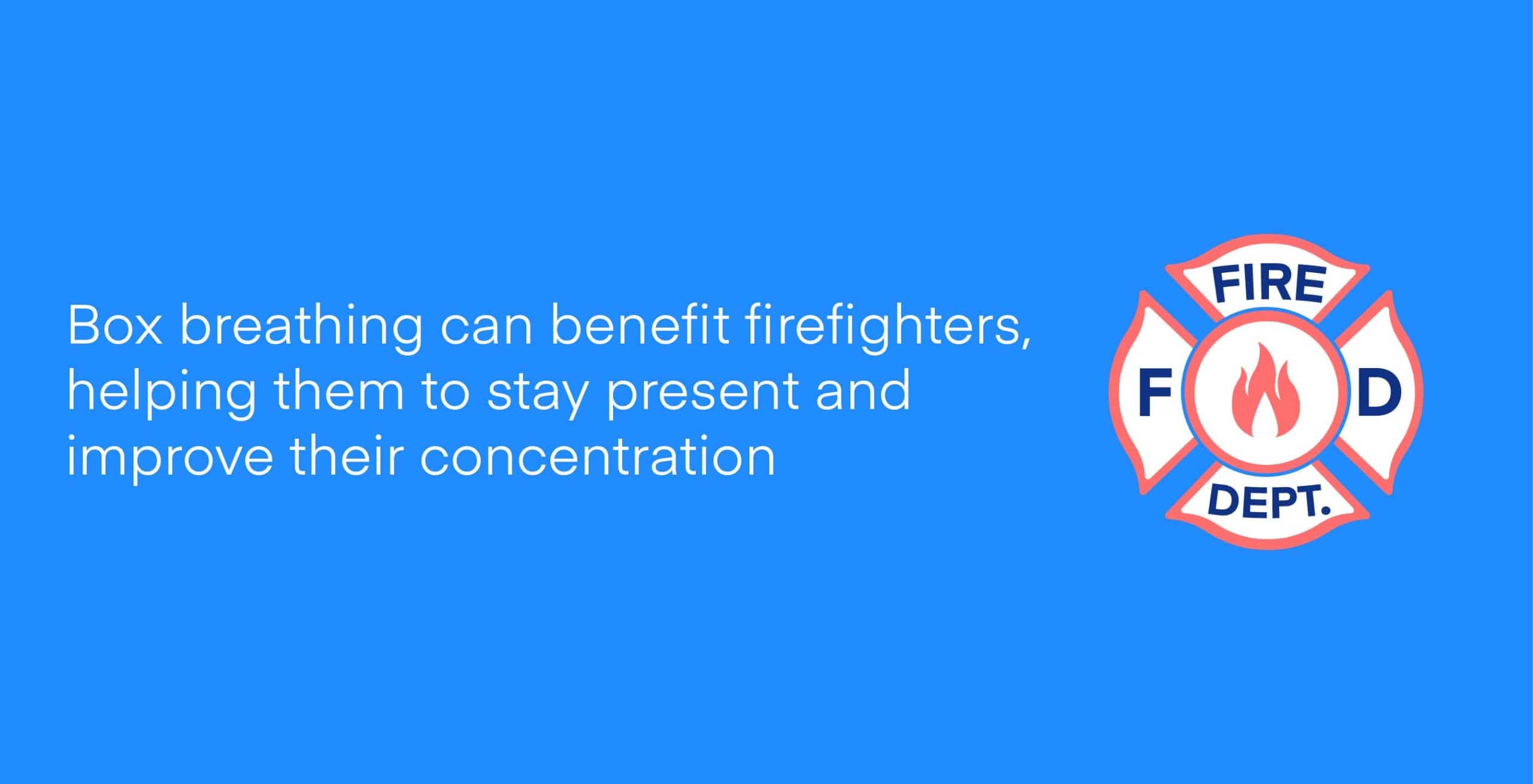Key Takeaways
- Mindful Breathing for Better Sleep: People experiencing difficulty sleeping can benefit from practicing mindful breathing exercises to unwind in the evenings. Techniques such as three-part breathing, 4-7-8 technique, body scan, diaphragmatic breathing, box breathing, alternate nostril breathing, and the Papworth method can help relax the mind and body.
- Stress and Insomnia Connection: Stress is a common cause of insomnia, affecting 30% of adults with acute insomnia and 10% with chronic insomnia. Insomnia can lead to daytime fatigue, irritability, concentration difficulties, and depression.
- Importance of Proper Breathing Techniques: Proper breathing techniques not only aid in relaxation but can also have broader health benefits, such as reducing anxiety and stress, improving lung function, and promoting better sleep. Addressing lifestyle factors and maintaining good sleep hygiene can complement breathing exercises for improved sleep.
Some people just can’t seem to turn their brains off when night time comes, but practicing mindful breathing exercises can help you unwind in the evenings, and in turn, help you sleep.
Stress is a common cause of insomnia as it leaves people up at night, overthinking, and unable to relax. Acute insomnia affects roughly 30 percent of adults, while 10 percent of adults struggle with chronic insomnia. Insomnia can lead to daytime fatigue, irritability, inability to concentrate, and depression.
If you’re one of the many people struggling to relax and get some rest, doing some soothing breathing exercises can ease your body and to clear your mind.
Three-Part Breathing
The three-part breathing technique is quite simple and one of the easiest breathing exercises you can learn, making it a good starting place for beginners. The technique focuses on three parts of the body: the chest, diaphragm, and abdomen.
- Inhale slowly and deeply through the nose, filling your stomach with air.
- Exhale through your nose, drawing your belly button in towards your spine.
- Repeat this cycle and slow your exhale with each repetition.
- Continue until your exhale is twice the length of your inhale.
4-7-8 Technique
The 4-7-8 technique focuses on rhythmic breathing to reduce anxiety and help you fall asleep quickly. If you cannot breathe or hold your breath for as long as the method suggests, it’s okay to speed up the exercise, however, maintain the same ratio of 4-7-8.
- Start by lying down in bed.
- Exhale through your mouth, making a “whoosh” sound as you empty your lungs of air.
- Breathe in through your nose for 4 seconds.
- Hold this breath for 7 seconds.
- Exhale through your mouth, making the “whoosh” sound once more for 8 seconds.
- Repeat this process 3 more times.
Body Scan
Stress and anxiety can cause physical discomforts such as tense muscles, back pain, and headaches. The body scan technique prioritizes breathing and relaxing your muscles simultaneously. It also helps you find any tension or achiness in your body and eases it to help you fall asleep. While the technique cannot completely alleviate your pain, breathing brings awareness to it so you can better manage it.
- Lie down in bed.
- Take slow, deep breaths, scanning your body from head to toe in search of points of tension.
- If you find yourself tense in any spots, inhale deeply.
- Exhale slowly and visualize the tension leaving your body with your breath. Notice your body relaxing as you breathe.
- Repeat this process for any other tense muscles in your body.
Diaphragmatic Breathing
The diaphragm is a dome-shaped muscle at the base of your lungs. It’s the primary muscle used for breathing and separates the chest and abdomen. Practicing diaphragmatic breathing may strengthen your diaphragm, help it function better, and slow your breathing for sleep. The goal of the technique is to breathe as much air as possible while keeping your chest still.
- Either sit in a chair or lie on your back with a pillow propped under your knees.
- Place one hand on your chest and the other on your stomach so you can feel the rise and fall of your abdomen.
- Slowly breathe in through your nose, focusing on filling your stomach with air. Be sure your chest remains as still as possible during this time.
- Purse your lips and exhale slowly through your mouth.
- Repeat this process 3 to 5 times.
Box Breathing

Box breathing, also known as square breathing, is used to bring your breathing to a natural rhythm and reduce stress. Box breathing could especially benefit those with high-stress jobs, such as doctors or firefighters, to help them stay present and improve their concentration.
- Sit upright with your back straight or lie down in bed.
- Slowly inhale through your nose for 4 seconds.
- Hold your breath for 4 seconds.
- Exhale completely through your mouth for 4 seconds.
- Hold your breath for 4 seconds.
- Repeat this cycle as needed to feel calm.
Alternate Nostril Breathing
Heavy mouth breathing can increase your heart rate and blood pressure, in turn triggering your body’s “fight or flight” response, a stress reaction giving the body energy to react to potential harm. However, at night, this adrenaline only keeps you awake and makes it difficult to sleep comfortably.
Alternate nostril breathing is when you close one nostril and breathe out of the other, though you constantly switch between your two nostrils. It brings your body to a more relaxed state in preparation for sleep. Don’t practice nostril breathing if you are sick or have blocked sinuses as you may not get enough air.
- Sit upright in a chair or lie down in bed.
- Close one nostril with your finger and inhale through your other nostril.
- Exhale through your nose.
- Close the other nostril and repeat this process.
- Alternate nostrils for 3 to 5 minutes.
The Papworth Method
The Papworth method involves breathing through your nostrils and helps you breathe more naturally; plus, it reduces yawning. It’s a particularly effective breathing technique for individuals who have asthma. The method aims to breathe through the nose and to the stomach as opposed to the chest.
- Sit upright.
- Inhale through your nose for 4 seconds.
- Exhale through your nose.
- Concentrate on the rise and fall of your stomach as you breathe.
- Repeat this for several minutes.
FAQs
Why do I struggle to breathe at night?
Having shortness of breath at night can be a symptom of many conditions, including sleep apnea, asthma, allergies, anxiety, or panic attacks. Deep breathing and sleeping on your side Verified Source National Library of Medicine (NIH) World’s largest medical library, making biomedical data and information more accessible. View source can open your airways and strengthen your lungs to help you sleep better. However, always be sure to contact your doctor for medical advice and treatment.
Why can’t I sleep even though I’m tired?
A few reasons you may not be able to sleep despite being tired include overactive thoughts, being stressed or anxious, ingesting caffeine late in the day, or exercising in the evening, watching TV or being on your phone till bedtime.
In order to get good sleep at night, practice better sleep hygiene. Try exercising and drinking caffeine in the morning. If you’re stressed or anxious before bed, write down your thoughts to settle your brain before trying to sleep. Also, avoid working, doing homework, or watching TV in bed. Above all, turn off social media and digital devices an hour before you go to bed. Using your bed strictly for sleep can help your brain associate it with rest and bedtime.
What foods or drinks help you sleep faster?
At night time, it’s best to enjoy unsweetened and non-caffeinated beverages and light, unprocessed snacks. Sugar, caffeine, and overly rich foods can keep you awake longer. While no foods or drinks are guaranteed to make you fall asleep, they can potentially promote drowsiness and help you relax.
Try eating foods to help you sleep such as hot cereal, almonds, walnuts, bananas, and kiwi. Some drinks to enjoy before bed include milk, tart cherry juice, chamomile, or ginger tea.
Is deep breathing good for the heart?
Deep breathing slows your heart rate and reduces blood pressure. An even heart rate normalizes your body’s functions and circulates hormones, oxygen, and waste through the blood.
What are the signs of weak lungs?
Some signs of weak lungs include trouble breathing, shortness of breath, discomfort breathing, or feeling as though you cannot take a complete breath. Additionally, you may be unable to exercise for prolonged periods.
Breathing exercises can strengthen your lungs, but be sure to contact your doctor if you have any of the above-mentioned symptoms.
Conclusion
Stress is a normal part of life, though it doesn’t have to disturb your sleep. Prioritizing natural and even breathing can help get you to sleep in the evenings. Try out some of the different breathing exercises in this article for a few days and see what works best. Also, you may even practice breathing exercises throughout the day to improve your technique.
Dr. Nayantara Santhi explains, “Our constant ‘on the go’ lifestyles leave us in a chronically elevated state of stress and unable to get a good night’s sleep. A growing body of evidence suggests that deep breathing techniques have a calming effect on our body and mind, which in turn can help us sleep well.”
If you’re still struggling to sleep despite practicing good sleep hygiene and performing breathing exercises, you may want to speak with your doctor for advice on how to move forward.
About the author
Geoff McKinnen is a writer focusing mainly on the healthcare industry and has written articles on everything from foods to help you lose weight to the connection between Alzheimer’s and sleep. Geoff’s passionate about helping readers improve their well-being to lead happier lives. Outside of work, Geoff enjoys cycling and hiking and believes that by leading a healthy lifestyle, he can help others do the same.
View all postsComment
Comments are closed.






Comment*interesting I had a very scary dream. But I got over it thanks very much .